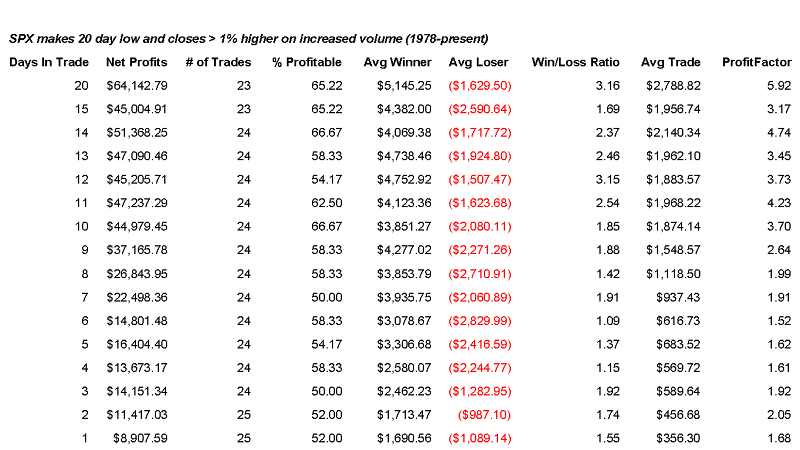combotrader
Active member
- Messages
- 187
- Likes
- 10
Sounds odd but true. We are vodoo magic people. We draw lines on charts and look at strange relations between price and volume. Even stranger , we use these to makemoney. Strange because according to an academic technical analyst, there is no proof it actually works. Welcome to the world of David Aronson.
I actually liked it. Chapter 4 teaches the non statistician the basics of sampling and probability. The real twists come lateron when the author tests single rules ( a huge number of them, including divergences), such as 91 day breakout, to SP500 over the last 25 years. None of these single rules have any statistically significant chances of producing profits. In another study hte head and shoulder pattern was also shown to have no benefit whatsoever. He does admit that most TA analysts use complex rules, ie more than one. He describes new ways of thinlking about TA - which I think is the book`s biggest achievement.
I dont want to make this into a review. The book goes onto describe new ways of doing monte carlo and AI means of inductive complex rule testing - which was fascinating.
The real question is - then why does it work ? Why are we making money out of divergences ? If you test the pin bar over the last 30yrs, sample it 10,000 times on different markets, do a white reality check ( read the book) and it does not work statistically - will you still use it ? Well...hell yeah !
But I will be more careful. And I will also do more testing of my rules using statistical inferencing. Is anyone else using neural networkrs, kernel regression.....(not me:cheesy:!)
CT.
I actually liked it. Chapter 4 teaches the non statistician the basics of sampling and probability. The real twists come lateron when the author tests single rules ( a huge number of them, including divergences), such as 91 day breakout, to SP500 over the last 25 years. None of these single rules have any statistically significant chances of producing profits. In another study hte head and shoulder pattern was also shown to have no benefit whatsoever. He does admit that most TA analysts use complex rules, ie more than one. He describes new ways of thinlking about TA - which I think is the book`s biggest achievement.
I dont want to make this into a review. The book goes onto describe new ways of doing monte carlo and AI means of inductive complex rule testing - which was fascinating.
The real question is - then why does it work ? Why are we making money out of divergences ? If you test the pin bar over the last 30yrs, sample it 10,000 times on different markets, do a white reality check ( read the book) and it does not work statistically - will you still use it ? Well...hell yeah !
But I will be more careful. And I will also do more testing of my rules using statistical inferencing. Is anyone else using neural networkrs, kernel regression.....(not me:cheesy:!)
CT.
Last edited:


